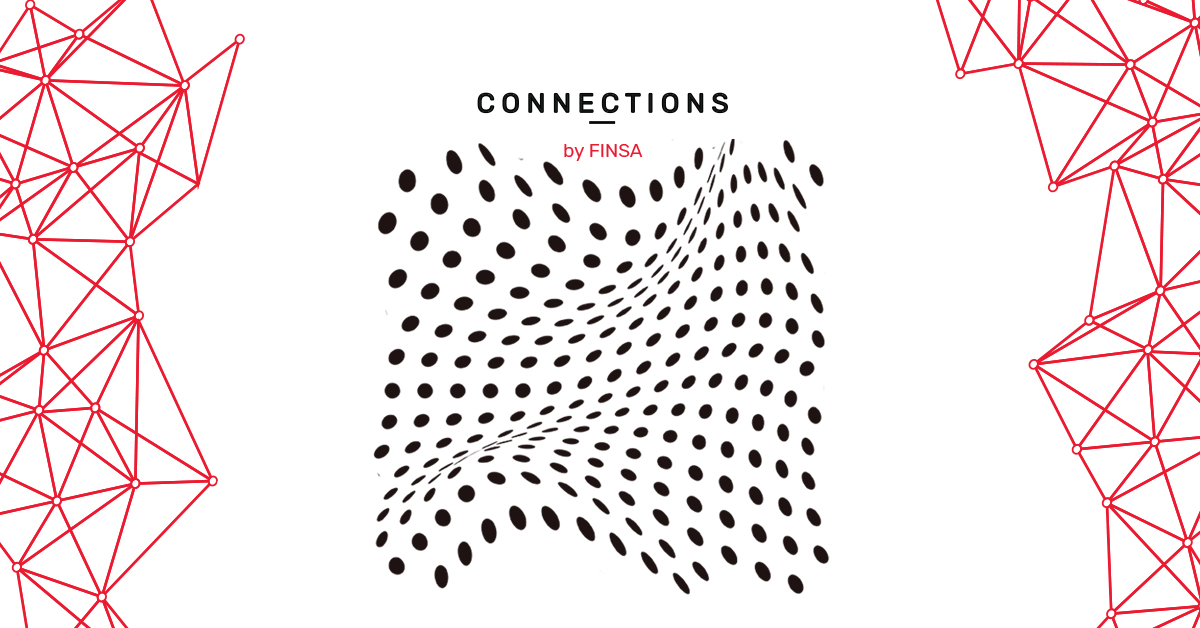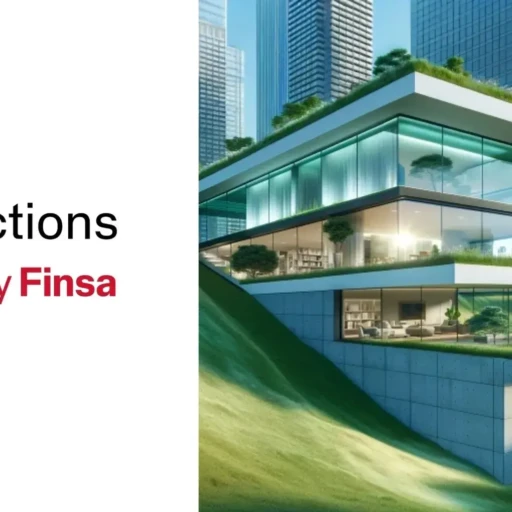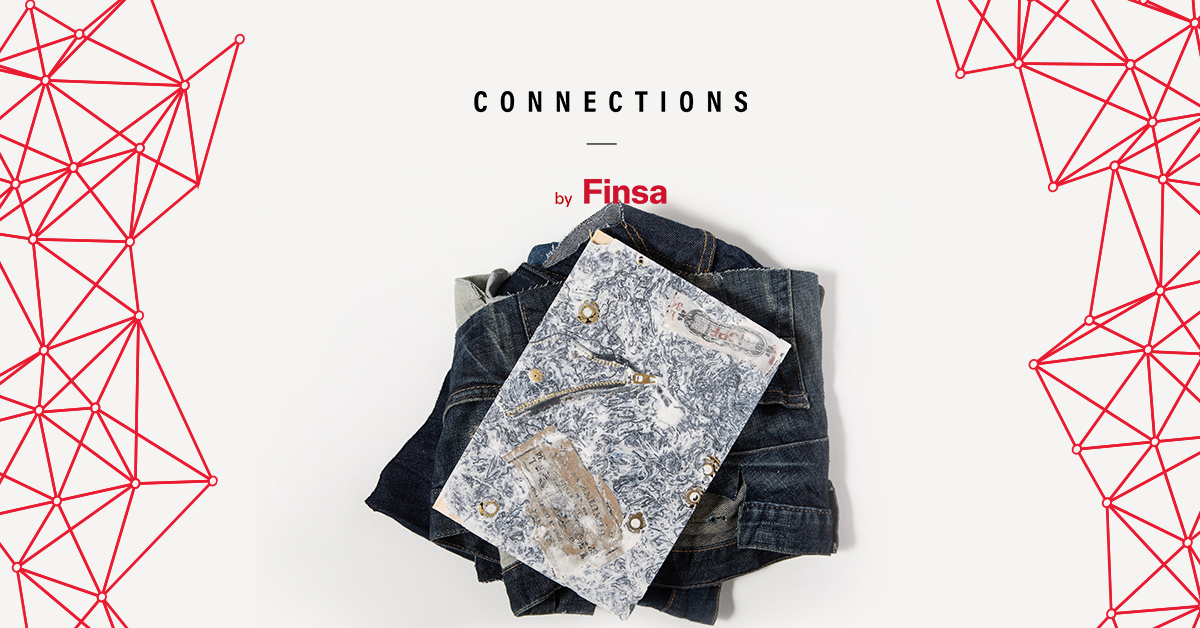Resilience is the capacity of a person to overcome difficult circumstances such as those that we have had to endure during this pandemic. Design and architecture professionals have discovered firsthand the consequences of this situation – lockdown and social distancing have completely disrupted how they usually work.
Many things have been cancelled, including upcoming projects and big industry festivals where ideas were exchanged with other colleagues in the sector, and in many cases. the phone has simply stopped ringing and requests are no longer landing in their inboxes.
Their refuge has been digital platforms for selling their creations, allowing them to make up for the lack of income. Those who have been able to survive financially have also made their own contributions by trying to help in the fight against the pandemic.
An idea that came from a blanket
This is an idea from Paul Cocksedge, co-founder of the well-known Paul Cocksedge Studio. He designed a picnic blanket that allows you to visually maintain the correct social distance of two metres between four people and shared this design with his Instagram followers. He calls this creation Here Comes The Sun.
Cocksedge explained the idea behind it to Wallpaper magazine: “As a designer that works with sizes and measurements on a daily basis, I sometimes find it hard to accurately interpret two metres – which is a common problem we’re all having at the moment. It adds a level of worry to our future interactions. The [design] for his blanket is a playful answer to that and…anyone can download [it] and make[it]”. In the same article, he mentioned that next up will be 3D designs for furniture using the same premise.
https://www.instagram.com/p/B_Xb5scjYl5/
Social distancing, but closeness in cyberspace
Among those who decided to take action once they saw the number of projects they had reduce dramatically was James Holborrow. This multi-faceted British artist has worked as a graphic designer, photographer of interiors, creative freelancer, and art director.
He says that as soon as Boris Johnson announced the lockdown in the UK, his clients started to cancel upcoming jobs. So he threw himself into creating Service Shop, a platform where he both sells his printed works and brings in other creators to make it more attractive.
“Of course, [cancelling projects over safety concerns] was the right decision for clients to make – but it doesn’t stop the sudden shock of realising you now, as a freelance creative, have no future income to speak of indefinitely. I took a second to process, and then spoke to a friend. He was fortunately in a more stable financial situation than myself and asked if I would consider selling some of my work as prints. He said he would gladly buy one, because as he put it ‘we all have to look out for each other in one way or another’,” Holborrow explains in a detailed article about Service Shop in Unpolished Magazine.
“That’s when I thought, if I can set something up to sell my own prints, why can’t I get other artists involved?” The initiative also donates some of its profits to social causes.
https://www.instagram.com/p/CBiBZO0gVsl/
An opportunity in the cloud
The charitable organisation University of the Underground, which has branches in London and Amsterdam, also wanted to do their bit to help freelance architects and designers after the outbreak. Because students found themselves unable to attend in-person classes, the organisation gave professionals the opportunity to use workshops and tutorials stored on the cloud to teach students online and earn some money.
https://www.instagram.com/p/B-HF9XGhAGk/
As the new reality starts to set in, institutions, brands, designers, and artists continue to wrack their brains for ways to keep the creative industry moving, so that it can come out of this crisis more innovative and united than ever, long after social distancing is over.




